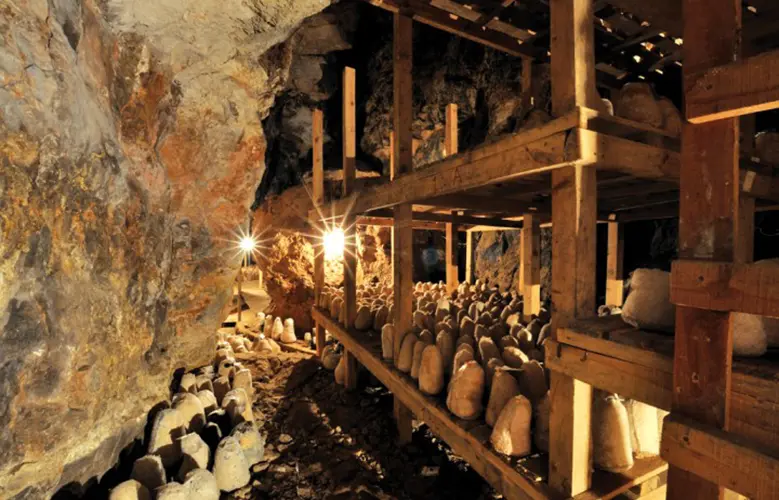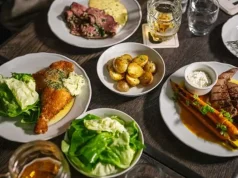
Turkish cuisine is impressive for its rich variety, unique delicacies, and diverse cheeses produced in different regions. The rich biodiversity generated by the climate unique of different areas of Türkiye is the basis of these flavours.
“White Cheese”: From Edirne to Çanakkale
“White Cheese” is a staple of Turkish breakfasts and a popular delicacy in the country. It is produced in almost every region of the country and its taste, aroma, and texture all vary based on climate, source, and production methods. Best enjoyed with crunchy simit bread, or with melon, Rakı and appetizers, its exceptional taste and flavor from the milk of cows, sheep, or goats will have you trying it in every region you visit.
Balıkesir: Home of 50 Different Cheese Types
The city’s multicultural makeup, products made from different varieties of milk, and diverse production methods have turned this region into a ‘real cheese paradise’. The “Kelle” cheese, made using various types of milks and techniques, is famous in all regions of this beautiful city on the Marmara-Aegean border. Sepet (basket) cheeses produced from sheep-goat milk, brined Tulum cheeses, and lor (curd) cheeses, which are made from whey, are also recognized as Turkey’s most delicious cheeses.
Mihaliç cheese has been produced in Turkey for centuries. Unlike white cheese, its production is limited to just a few areas of the country, including in Balıkesir. Mihaliç cheese is typically made from goat or cow milk and stored in brine before it hardens and dries. Because of its sharp, salty taste, it is used in pastas and salads, and is also enjoyed with almonds, dried fruit and watermelon in the summer.

Moldy Cheeses of the Cappadocia Region
Niğde moldy blue cheese from the famous city of Cappadocia, is one of Turkey’s most unique types of cheese. It is stored in caves 15-meters deep, where it is left to ripen for seven months. During this time, it takes on a distinctive flavour and blue colouring, and it also acts as a natural antibiotic. It is commonly enjoyed with breakfast, especially in omelettes.
Another traditional cheese that ripens in caves is Karaman’s Divle Obruk cheese. Made from the milk of sheep and goats that graze on plateaus and grasslands rich in medicinal herbs, this cheese has been produced for nearly 700 years, and is often enjoyed in hot and cold breakfast sandwiches. After being kept in caves with a unique mold flora for five months, the cheese is coated with blue mold, then white and finally red mold.
Konya is another city in the region known for its moldy cheese. With its centuries-old history and flavor, Konya moldy cheese is made only with milk and yeast and molded in special rooms. Once given to Ottoman soldiers as an antibiotic, this cheese is served in omelettes and with pancakes.
Exceptional Tastes of the East: A Real Cheese Paradise
The Eastern Anatolia Region is famous for its unique cheeses, such as the Erzincan Tulum cheese, Kars Kaşarı cheese, and Van’s Herby cheese. These varieties are exceptionally tasty as they are produced in high plateau areas where there is a rich plant diversity, and fresh, cool air.
Erzincan Tulum cheese is made with raw milk and natural yeast. After being pressed for 2-3 months and stored in goat or sheep skin, it is ready to be enjoyed on arugula salads or warm Turkish bread.
Kars Kaşarı, made from the milk of cows that graze in the fields surrounding the city, is a geographically indicated product that can take up to 10 months to mature. It is often enjoyed as a spread on toast, in omelettes, or grated over homemade tomato soup.





